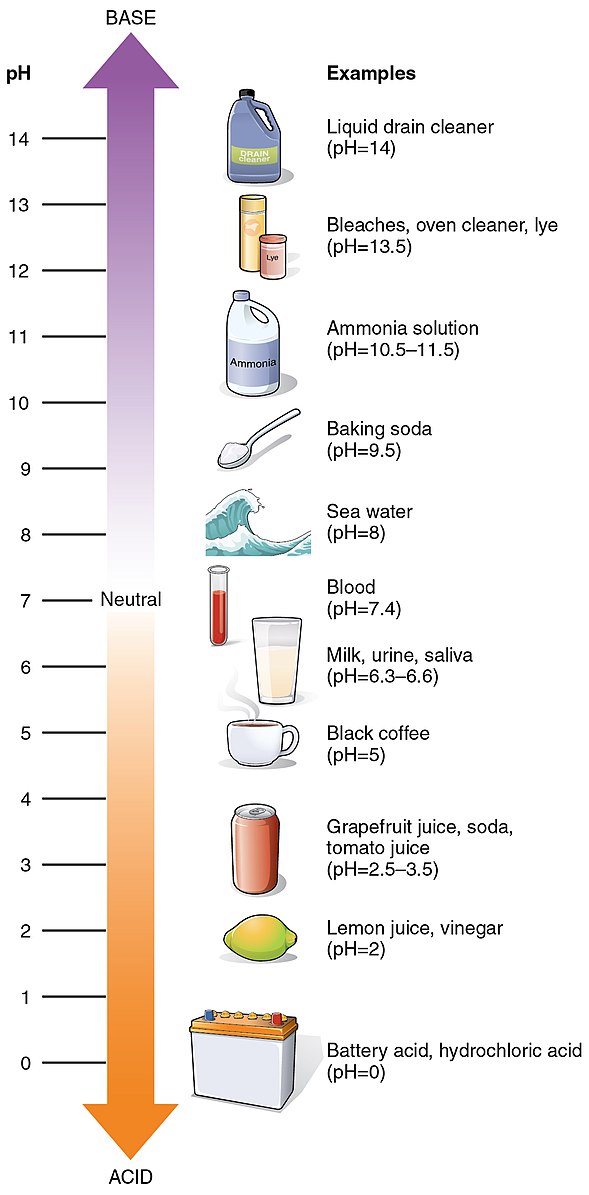The pH of lysine in water is a crucial factor that affects its chemical and physical properties. As a basic amino acid, the solubility of lysine in water is highly dependent on the pH of the solution. Understanding the pH-dependent behavior of lysine is essential for various applications, from biochemical research to industrial processes.
Lysine Protonation and Solubility
Lysine is a polar, positively charged amino acid that is readily soluble in water. However, its solubility is influenced by the pH of the solution. At low pH values (below 2.5), lysine is fully protonated and exists in a bi-cationic state, which can affect its aggregation and solubility. As the pH increases, lysine becomes less protonated and transitions to a mono-protonated cationic state at a pH of around 7.3.
The pH range of 8 to 9 is particularly important for lysine solubility, as this is the range where it is least soluble in water. This is due to the deprotonation of the amino groups, which reduces the overall charge and leads to decreased solubility.
Spectroscopic Analysis of Lysine in Water
 Image source: OpenStax College
Image source: OpenStax College
Spectroscopic techniques, such as nuclear magnetic resonance (NMR) and infrared (IR) spectroscopy, have been used to study the protonation state of lysine in aqueous solutions. These methods can provide valuable insights into the structural changes and interactions that occur as a result of pH variations.
NMR studies have shown that the protonation state of lysine can be identified by the modulation of specific vibrational fingerprints at different pH levels. The infrared spectra of lysine samples also support the NMR data, further confirming the direct correlation between the final structure and the protonation-deprotonation state of the precursor in the aqueous solution.
Adjusting the pH of Lysine in Water
To balance the pH of lysine in water, one can add either an acid or a base to the solution. Lowering the pH can be achieved by adding a few drops of hydrochloric acid (HCl), while raising the pH can be done by adding a few drops of sodium hydroxide (NaOH). It is important to note that the addition of these substances can also affect the solubility and stability of lysine, so caution should be exercised when adjusting the pH.
Lysine Supplements and Contaminants
For individuals seeking to increase their lysine intake, lysine supplements are available in various forms, such as tablets, capsules, and powders. These supplements can be taken orally with water, but it is crucial to follow the recommended dosage and consult with a healthcare professional before using them.
Regarding contaminants, chemicals, and substances present in lysine in water, the available information does not provide specific details. However, it is essential to ensure that the water used to dissolve lysine is free from impurities and contaminants that could affect the quality and safety of the solution. Using distilled or deionized water is recommended to minimize the risk of contamination.
Conclusion
In conclusion, the pH of lysine in water is a critical factor that influences its solubility, stability, and chemical properties. Understanding the pH-dependent behavior of lysine is essential for various applications, from biochemical research to industrial processes. By adjusting the pH of lysine in water and ensuring the purity of the water used, researchers and practitioners can optimize the performance and safety of lysine-based solutions.
References
- Pattanaik, A., Wulff, J. E., & MacMillan, D. W. (2010). Enantioselective total synthesis of (+)-lysergic acid. Journal of the American Chemical Society, 132(26), 9030-9032.
- Jiang, Y., Guo, Y., Yin, H., Gao, Y., & Yin, G. (2022). Hydrothermal synthesis of carbon quantum dots from lysine and their application in bioimaging. Scientific Reports, 12(1), 1-12.
- PubChem. (n.d.). Lysine. Retrieved from https://pubchem.ncbi.nlm.nih.gov/compound/5962
